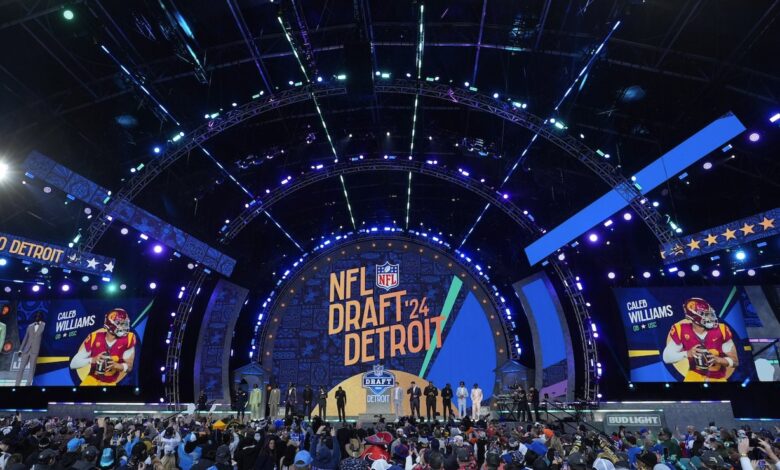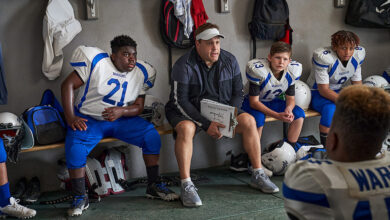Getting Into the Game | NFL Football Operations

Today, the National Invitational Camp, also known as the NFL Scouting Combine, draws national attention as fans and media alike watch more than 300 eligible top college football players showcase their physical and mental talents. It wasn’t always that way.
Until the 1970s, teams typically didn’t give physical exams to their potential draft picks. In 1976, the New York Jets became one of the first to invite college seniors to their headquarters for physicals and interviews.
“Besides character and intelligence, the other non-football thing we put a premium on is the medical aspect,” Mike Hickey, the Jets’ director of player personnel, wrote in a column for The New York Times in April 1983. “We attempt to have every player we are interested in have an orthopedic physical by our team physicians.”
Hickey described how those efforts had led to seven years of draft success, noting that nearly half of the 36 players the team drafted since 1977 were starters.
“It takes a lot of time and costs a lot of money, but we think it is worth it,” he wrote. “You have to cut down the odds of making a mistake.”
Other teams followed the Jets’ lead, meaning that top prospects were traveling from city to city for interviews and physicals from several NFL teams. Not only was this time-consuming and expensive, but the players — who were still in college — often had to miss classes and were subjected to repeat X-rays and other tests.
As more clubs adopted similar practices, Dallas Cowboys owner Tex Schramm recommended to the Competition Committee that teams work together to centralize the evaluation process.
In 1982, National Football Scouting Inc. conducted the first National Invitational Camp in Tampa, Fla., bringing the top college draft picks to one location to get medical information for its 16 member clubs. That camp featured 163 players — around half the number that attends today — and established the foundation for the assessment of potential draftees.
Two more camps — run by the BLESTO and Quadra Scouting organizations — soon were launched to collect information for teams that didn’t partner with National Football Scouting. By 1985, all 28 NFL teams decided to merge the three camps to cut down on the costs for teams and players alike, leading to the advent of a unified “combine” in Indianapolis that closely resembles the current process.
Centralization has resulted in more in-depth evaluations of draft prospects. Rather than focusing solely on a player’s medical history, clubs were able to spend more time on physical and psychological testing, giving them a holistic impression of the player before the draft.
As the process has expanded, so has the public’s interest. Fans and media realize that the combine offers an unprecedented level of information on all the top prospects entering the draft. This groundswell of interest has catapulted the annual NFL Scouting Combine into the spotlight. Today, three decades after the first invitational camp, the event is a mainstay of the NFL offseason for teams, media and fans alike.




